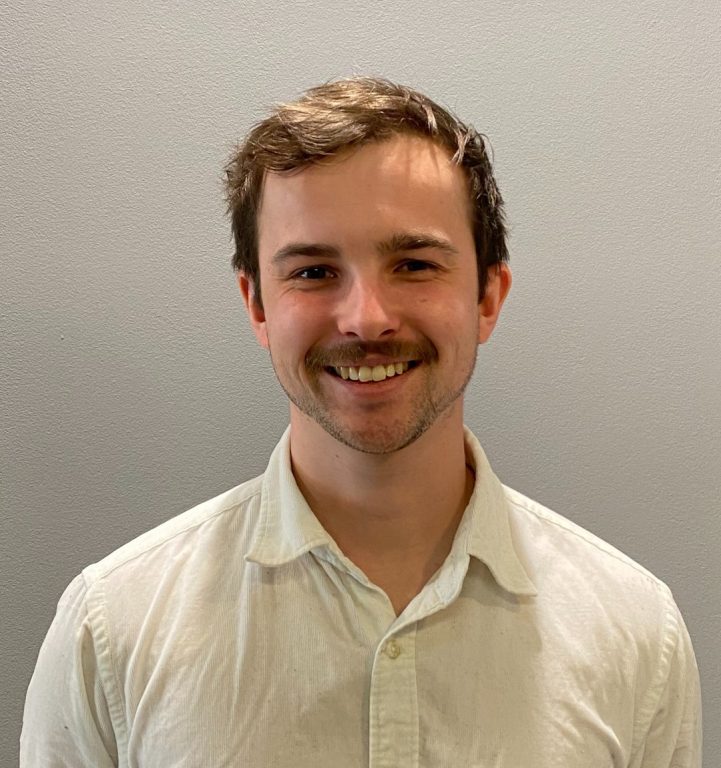Panasonic’s Swiss Army Knife
Lydia Wu, head of talent analytics and transformation at Panasonic, catches up with UNLEASH.
Why You Should Care
Employee data is useless unless you effectively use it.
Discover how Panasonic has leveraged data for its business goals.
The pandemic has radically altered businesses big and small. In this environment, HR has taken a front seat.
Lydia Wu, head of talent analytics and transformation at Panasonic, joins UNLEASH to discuss how a large enterprise has adapted to a new set of challenges.
Before we dive into the changing role of data, Wu notes her function within the business: “The way I look at the work that my team and I do, we are really the Swiss Army Knife of the HR function.
“The best way to describe the team’s scope is anything in HR that currently doesn’t have a clear ‘home’ comes to my team, and I to incubate and operationalize”
Throughout the pandemic, this Swiss Army Knife was put to use at Panasonic.
Global changes and Panasonic’s expectations
Wu explains that the disruption caused by COVID-19 led to a rapid pace of work. She notes that before the pandemic Panasonic provided opportunities for the workforce to work from home one or two days a week and give more flexibility. However, this ramped up and changed suddenly as many employees worked from home full-time.
This meant that the HR team was in a rapid deployment phase while trying to understand what employees needed to work effectively from home. Wu comments that the best thing to come from this was a new perspective and conversations on wellbeing.

Lydia Wu, Head of Talent Analytics and Transformation at
Panasonic
Of course, the pandemic didn’t lead to a new static norm, changes have continued.
Wu reflects that at the start of the pandemic many companies had high retention rates but the world is now “having a huge shortage in the workforce, it’s no longer the employers demanding what they want in the workforce; it’s basically the workforce demanding what they want from an employer.”
“With that mentality shift, not everyone in the HR community has necessarily adjusted to it yet, and we’ve definitely seen some business leaders who have not fully adjusted either.
“The difference is obvious, as the mindset shift can either provide the business with a winning talent strategy or send a leader running to HR when their workforce turnover rates hit historical highs.”
This climate has led to “a paradigm shift. From an HR Projects perspective, it’s no longer about how we conduct break-fix activities in HR—like when your benefit selections aren’t showing up quite right in the system. It’s about how we impact the employees after every single project, and ultimately.
“The first and foremost thing we have to answer before we do anything is ‘what is the end impact to the employees to our workforce?’”
Panasonic “accounted for all aspects of the workforce because now that the work-life and the home life are amalgamated together, things that make us unique are now much more at the forefront of the talent conversation.”
This is because parents can no longer drop their kids off at daycare, instead, their personal lives are much closer to their work screens.
As a 100-year-old company, Panasonic had to change from its ingrained behavior in this environment, and “the pandemic has challenged us to rethink about in terms of what is appropriate work from home etiquette? What is appropriate work-from-home attire? Can you show up in a sweatshirt? Or do you have to show up in a collared jacket at all times?
“Those types of nuances to me are really what’s propelling and expediting the HR conversation. So it’s no longer about policies, programs, standardization, it’s a lot more about the diversification and individualization, but aligning on the single ultimate goal of whatever it is that you need your workforce to deliver.”
Panasonic has evidently been adapting to the challenges of the pandemic and this has led Wu and her team to many interesting projects that leverage data.
Effectively using employee data
Panasonic has moved from annual surveys, with a long list of questions, to more focused and frequent probes. Wu explains: “That’s a huge component of how we gauge the success of our workforce, we came up with our predictive factors in terms of what are the criteria that are important to Panasonic.
“For example, Net Promoter Score is important to Panasonic. Then we’ve also figured out the algorithm that sits in the backend that helps us understand the correlation and what drives employee behavior in the workplace. So every pulse survey we launch has a topic of focus that helps us make decisions with our workforce’s inputs.”
As a result, the company has frequent diversity, equity, and inclusion (D,E&I) surveys, wellbeing surveys, transformation, and ways of working surveys.
Wu comments: “What we do is we keep our research team and their data under lock and key and nobody sees it. But with that wealth of information now housed internally, we’re able to drive pretty significant predictive analysis in understanding why people behave the way they do, and how certain policies will either benefit us or serve to be detrimental to what it is that Panasonic’s trying to do.”
Panasonic also does “a lot of passive listening in the backend as well. So looking at trends in our recognition system, and looking at trends and behaviors in our learning system.
“These types of data tell us a lot more about where the employees want to go in their careers, how the interaction is between manager and employee, and most importantly, what are the successful attributes of a good manager because what we’ve noticed is that the for the frontline with a first-line manager makes a way bigger impact to any workforce experience than, quite frankly, anyone else in the organization.”
Thie data gathered by Panasonic informed vaccination policy and has continued to make an impact on D,E&I decisions.
D,E&I
With focused data to hand, Panasonic and Wu’s team realized the impact that forcing a return to the office would have on parents, caregivers, and those “who have now adjusted to balancing their lives or working from home.”
Wu notes that a sudden switch to the office could lead to high attrition rates. However, she believes that retention must be actively addressed as “by the time we’re having a retention conversation, it’s probably way too late.”
As a result, “we’ve [Panasonic] known the impact of equity in the workplace and diversity as it pertains to performance and talent management.”
Wu discusses previous research within Panasonic that highlighted that women were much less satisfied with informal feedback than men in the company. This was because of the water cooler conversations that men we’re having with managers
To address these kinds of issues, Wu is in the process of launching a mentorship program that is targeted toward efforts to further D,E&I. Wu explains: “The goal of that mentorship program is really to make sure that our workforces have equal opportunity and equal access to resources that make them successful.”
This includes access to senior figures and getting diverse perspectives in the boardroom.
Panasonic has typically been ahead of the curve from a diverse hiring perspective. To achieve this “the first thing we look at is not our budget to spend volume, but it’s actually ‘did we distribute what we have equitably across tenure, gender, ethnicity, and so on.’
“The challenge for us that we realized in doing our series of studies is not in the pipeline coming in, it is the inclusion part of the conversation and the inclusion part of the conversation is a much tougher nut to crack.”
This is because “inclusion is a behavior and a cultural game, and that has to be ingrained in the DNA of an organization for it to be successful. So for us, a lot of the investment has been on the inclusion side.”
The future of HR at Panasonic
In November 2020, Panasonic announced it was moving to a holding company structure and this meant that “across the world HR, finance, and IT services are becoming part of a shared services organization.”
Wu adds that this move formalized the elements of shared services that already existed, but it’s also “super exciting because, for me, the beauty of HR for me is not in the day to day operations of HR, but it’s in how do you shape HR to drive the talent agenda forward?”
The change enables HR, “to be part of the discussions around what does it take to drive different business agendas forward because we do have such a diverse portfolio of companies that it’s not necessarily a one model fits all approach when it comes to talent or any talent-related conversations.”
Wu is also hoping to share more about embedding analytics into the foundation of HR “so it’s no longer a little project that’s cast-off on its own” in the coming months and years.
Safe to say, the future at Panasonic looks bright when HR has analytics to hand.
Sign up to the UNLEASH Newsletter
Get the Editor’s picks of the week delivered straight to your inbox!

Senior Journalist
Dan combines his first-hand experience alongside the latest news and opinions in the HR Technology space.
-
Topics
HR Tech